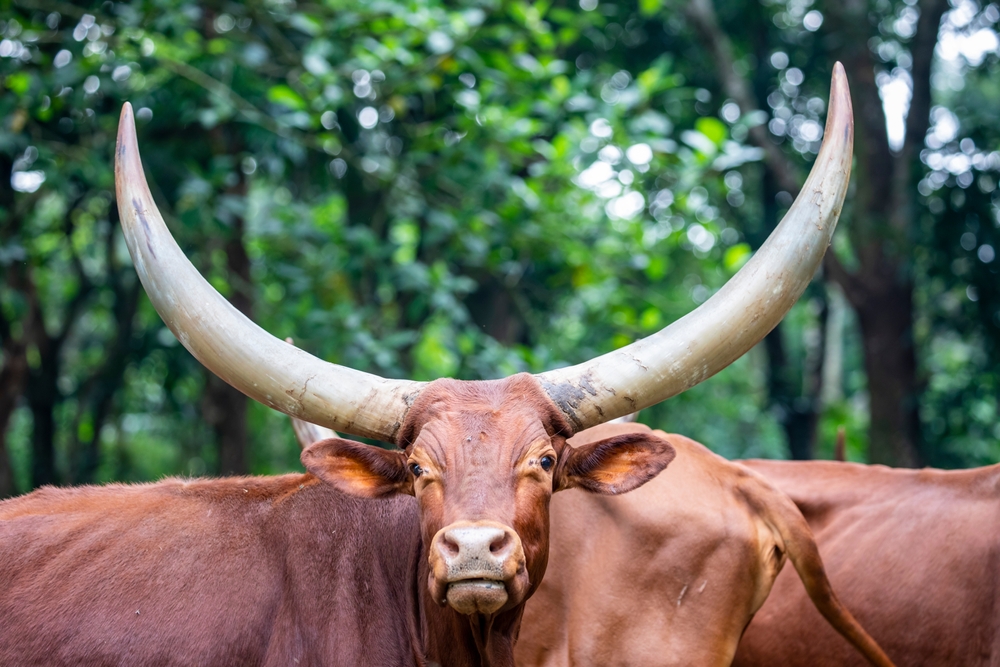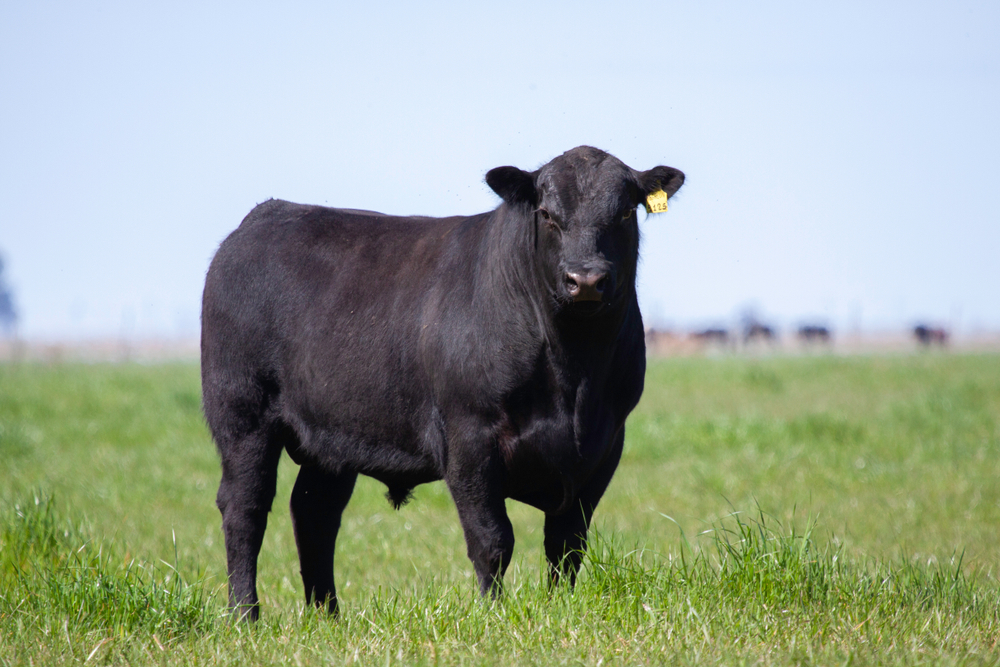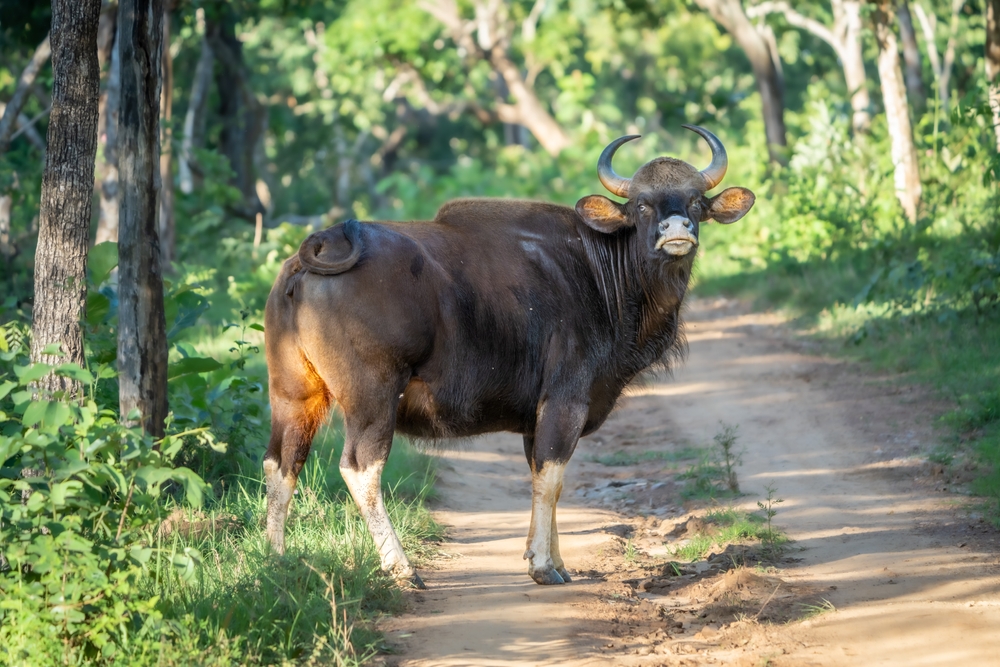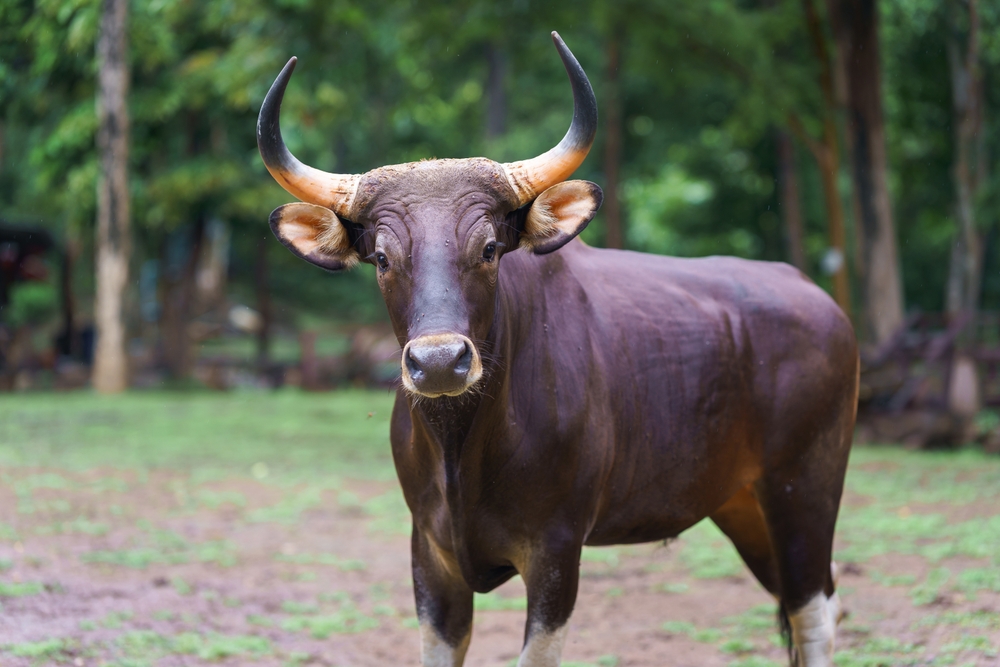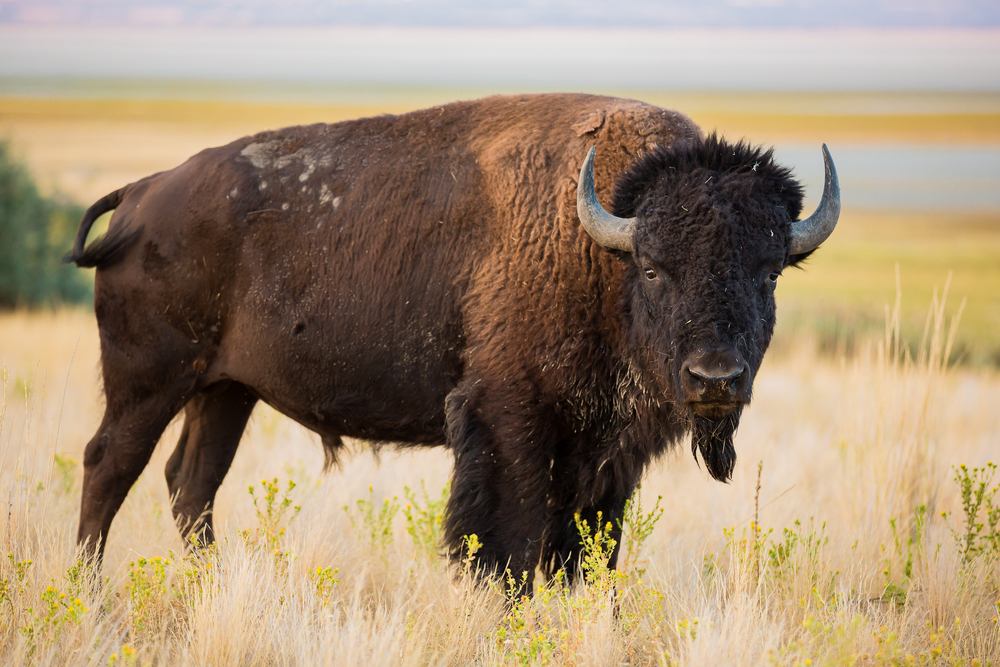In the Wild / Traditional Herding Conditions:
Ankole Watusi cattle typically live 18 to 20 years under good pastoral care, though harsh environmental conditions, limited grazing, or disease can shorten this span.
In Captivity / Managed Farming:
In well-managed farms, breeding programs, or zoological settings—where they receive veterinary care, quality nutrition, and protection from predators—Ankole Watusi may live up to 25 years.
Threats to Longevity:
-
Disease & Parasites: Tick-borne illnesses, foot-and-mouth disease, and internal parasites can impact health and lifespan if not managed.
-
Nutrition: Poor forage quality or prolonged drought can lead to malnutrition, lowering resistance to disease and reducing lifespan.
-
Predation: While adults face few natural predators, calves can be vulnerable to lions, hyenas, or leopards in some regions.
-
Human Factors: Overbreeding, inbreeding, and inadequate veterinary care can also shorten life expectancy.
Through selective breeding and attentive management, Ankole Watusi cattle can enjoy long, healthy lives, continuing to serve both cultural and agricultural roles for decades.



































































